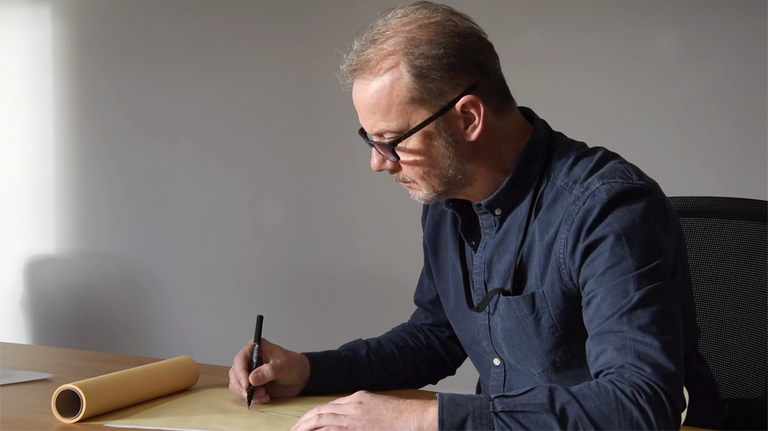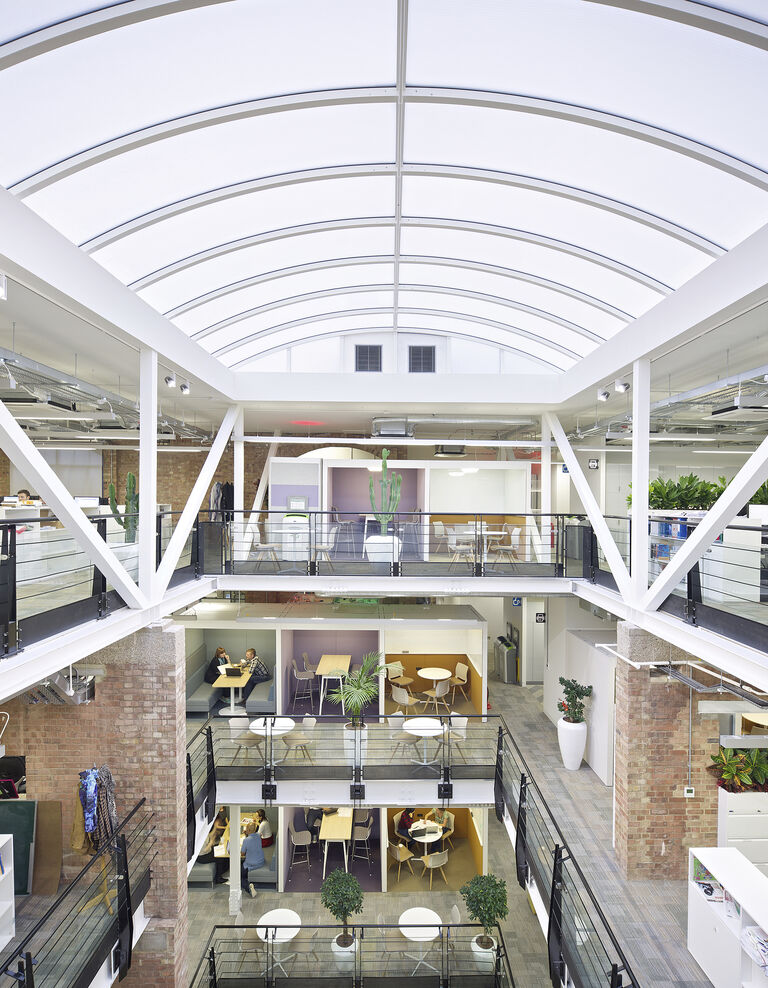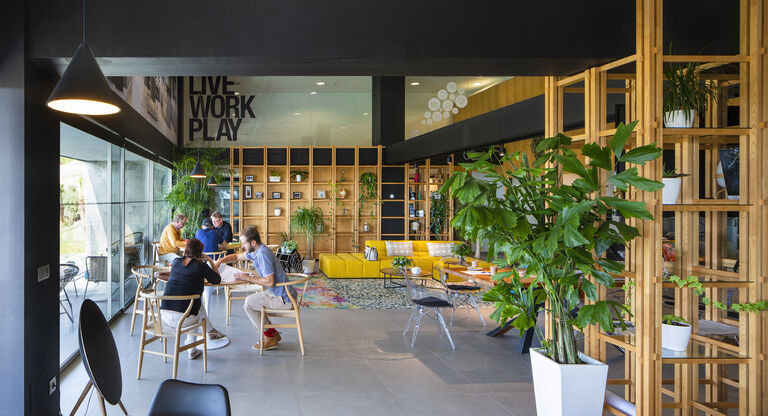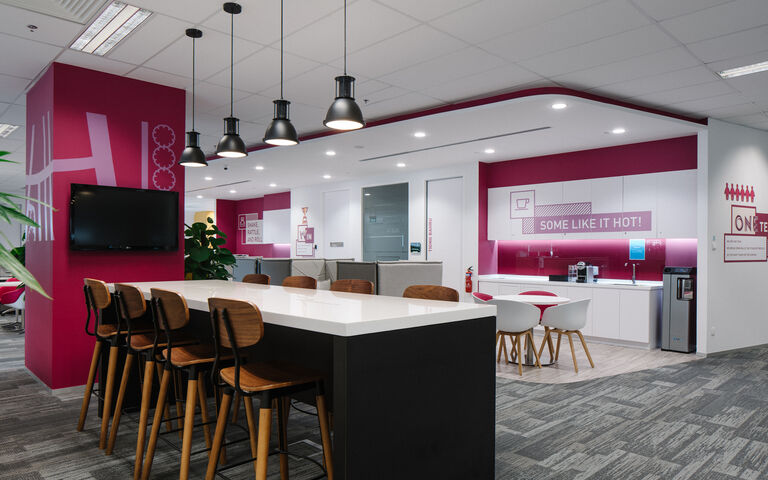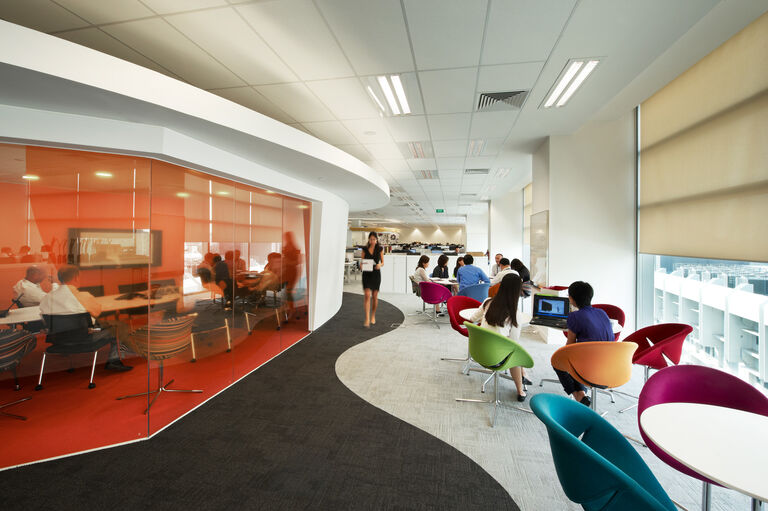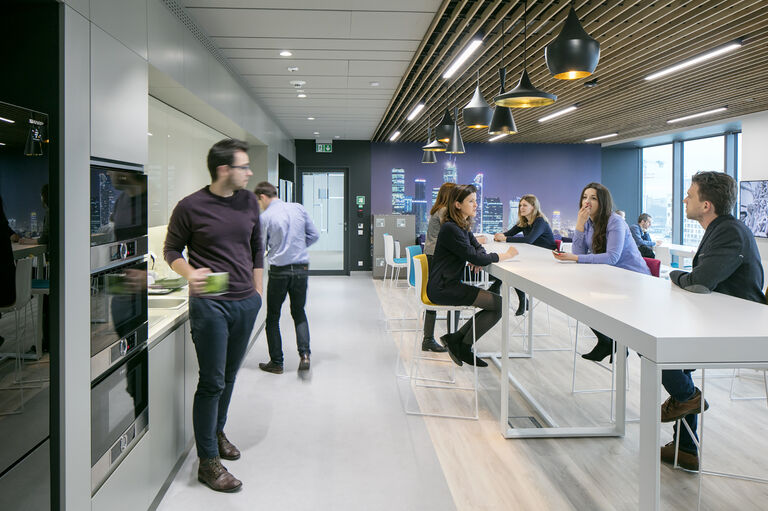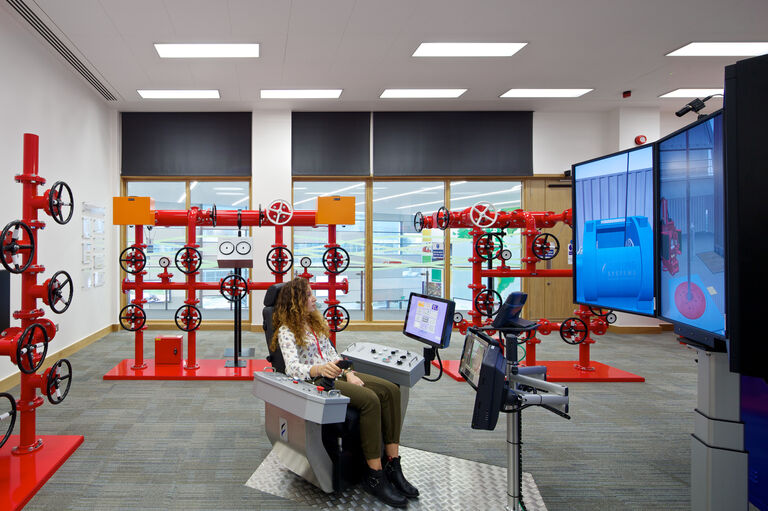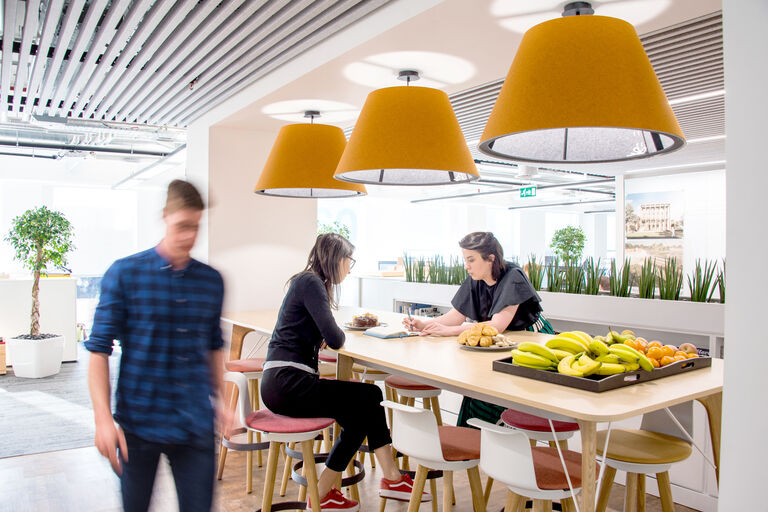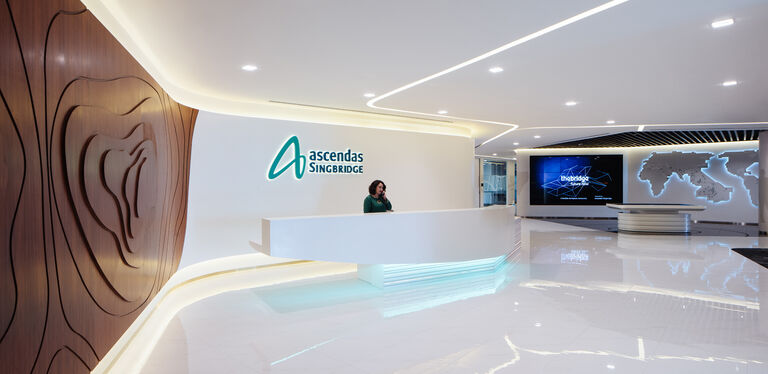Gaining a deep understanding of our client’s cultural DNA is central to our creative process. It is our responsibility to deliver design that reflects this core essence whilst providing an environment that meets the future needs of the business and their employees. We find that exploring a client’s brief though a multidisciplinary workshop ensures we consider the wider context and can be key to identifying the ‘big idea’ that will lead the design narrative.
But as designers it’s also essential that we understand the market forces and design trends that are shaping the sector, particularly one that is evolving at a pace never seen before. From the rise of the experience economy and co-working, to the impact of new technology and changing demographics, it’s never been more important to have our finger on the pulse.
David Anderson, Board Director and workplace design expert, gives us his views on the future of this rapidly evolving sector.
